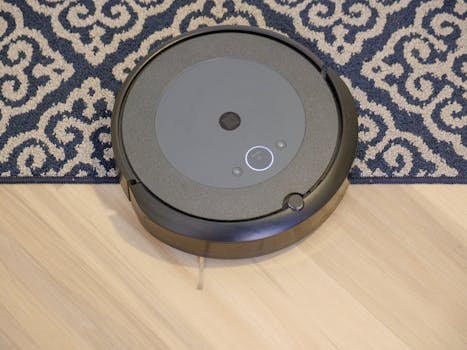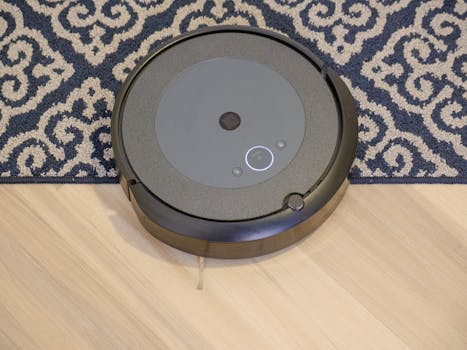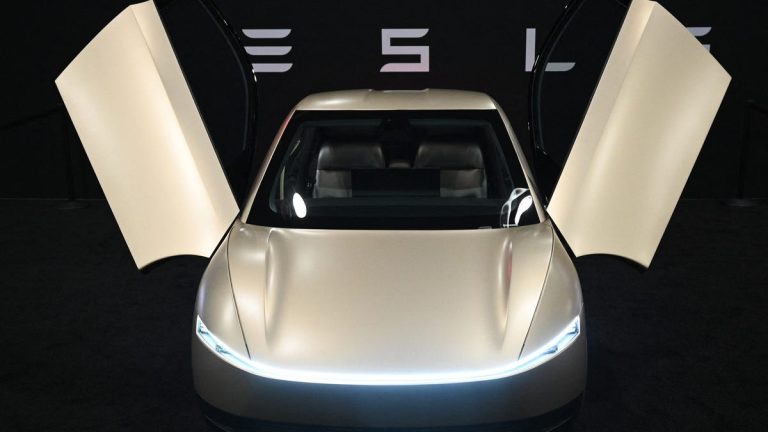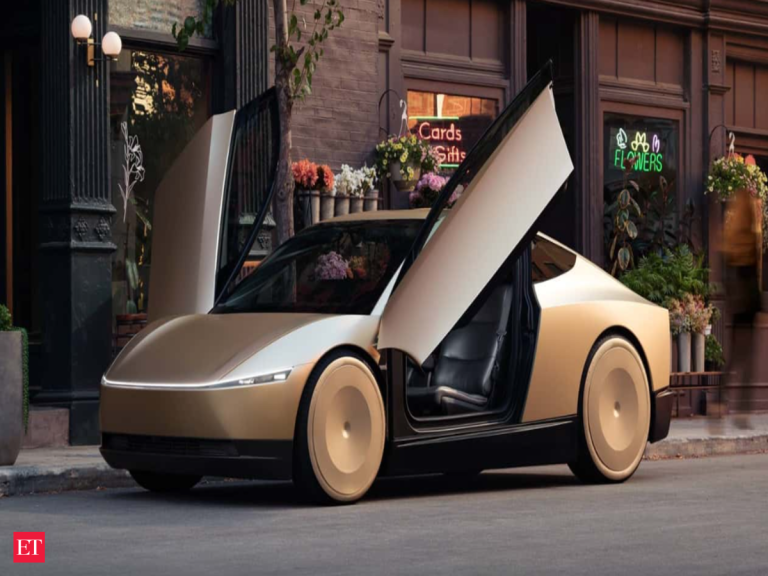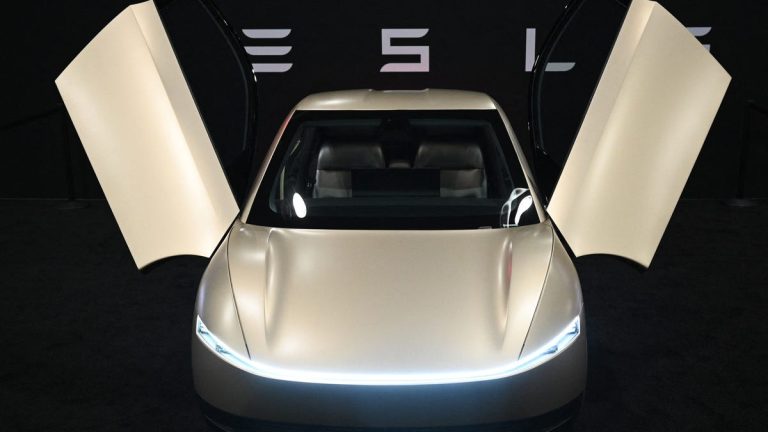
Gadgets of the Future: What to Expect in 2025
Future Gadgets are evolving at an unprecedented rate, and 2025 is expected to be a landmark year for innovation. As we step into the new year, it’s essential to explore the trends shaping the tech landscape. In this article, we’ll delve into the world of future gadgets, from smartphones to smart homes, and examine what the future holds.
Section 1: Smartphones and Mobile Devices

The smartphone has become an indispensable part of our lives, and manufacturers are continually pushing the boundaries of what’s possible. In 2025, we can expect to see significant advancements in Artificial Intelligence (AI), 5G connectivity, and foldable displays. The future of smartphones will be shaped by these emerging technologies, enabling faster data transfer, enhanced camera capabilities, and more intuitive user interfaces.
One of the most significant trends in the smartphone industry is the integration of Augmented Reality (AR) and Virtual Reality (VR) capabilities. As AR and VR technologies improve, we can expect to see more immersive experiences, revolutionizing the way we interact with our devices.
Section 2: Smart Homes and IoT

The Internet of Things (IoT) is transforming the way we live and interact with our surroundings. Smart homes, in particular, are becoming increasingly popular, with more homeowners investing in voice assistants, smart thermostats, and security systems. In 2025, we can expect to see further advancements in IoT technology, enabling seamless integration between devices and enhancing our overall quality of life.
One of the most exciting developments in the smart home space is the emergence of edge computing. By processing data closer to the source, edge computing reduces latency, increases efficiency, and enables more sophisticated automation. As edge computing continues to evolve, we can expect to see more intelligent and responsive smart homes.
Section 3: Wearable Technology and Health Monitoring

Wearable technology has become a staple in the world of future gadgets, with smartwatches, fitness trackers, and health monitors gaining widespread adoption. In 2025, we can expect to see significant advancements in biometric sensing and AI-powered health analytics. These emerging technologies will enable more accurate health monitoring, personalized recommendations, and proactive disease prevention.
One of the most promising areas of research in wearable technology is the development of non-invasive glucose monitoring. By using advanced sensors and AI algorithms, wearable devices can detect changes in blood glucose levels, enabling more effective diabetes management and improved overall health outcomes.
Section 4: Emerging Trends and Innovations

As we look to the future, several emerging trends and innovations are poised to shape the world of gadgets. Quantum computing, blockchain technology, and extended reality are just a few examples of the exciting developments on the horizon. While these technologies are still in their infancy, they have the potential to revolutionize industries and transform the way we live and work.
One of the most significant challenges facing the tech industry is the need for more sustainable and environmentally friendly practices. As the world becomes increasingly aware of the importance of environmental protection, manufacturers are under pressure to develop more eco-friendly gadgets and reduce their carbon footprint.
Conclusion

In conclusion, the world of future gadgets is evolving at an incredible pace, with 2025 shaping up to be a landmark year for innovation. From smartphones to smart homes, wearable technology to emerging trends, the future of tech is full of exciting possibilities. As we look to the future, it’s essential to stay informed about the latest advancements and trends shaping the industry. By doing so, we can harness the power of technology to create a better, more sustainable world for generations to come.
